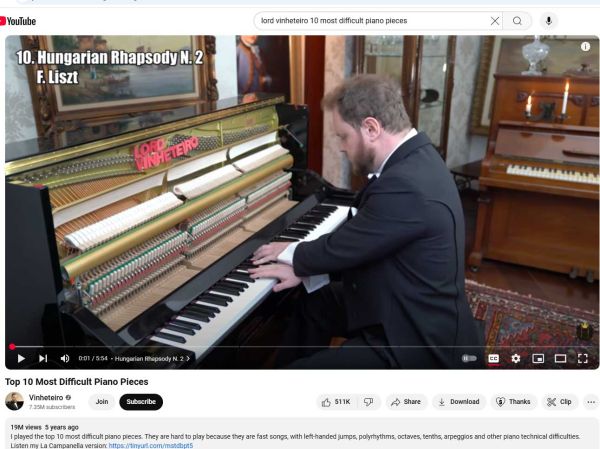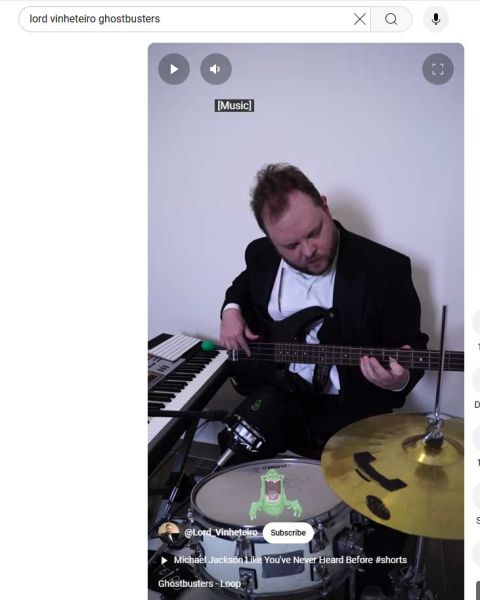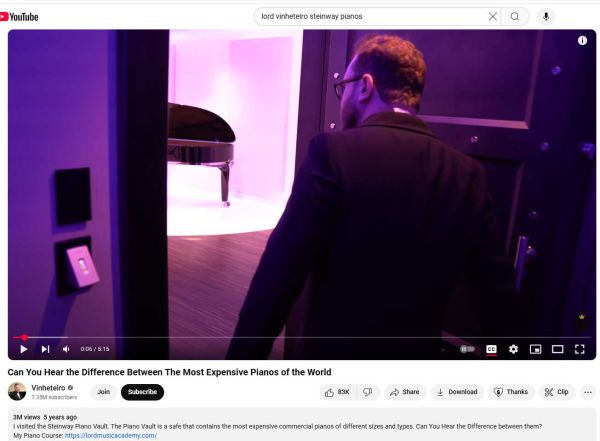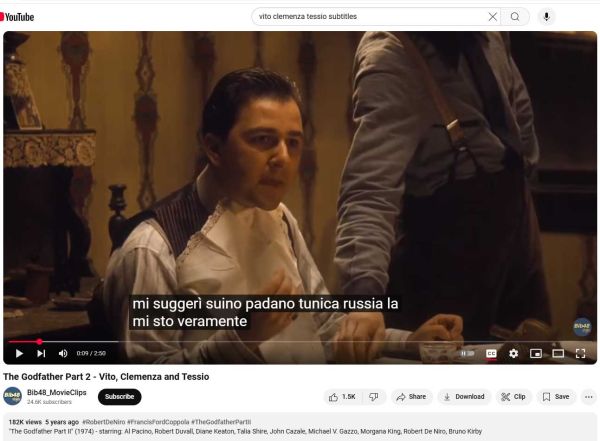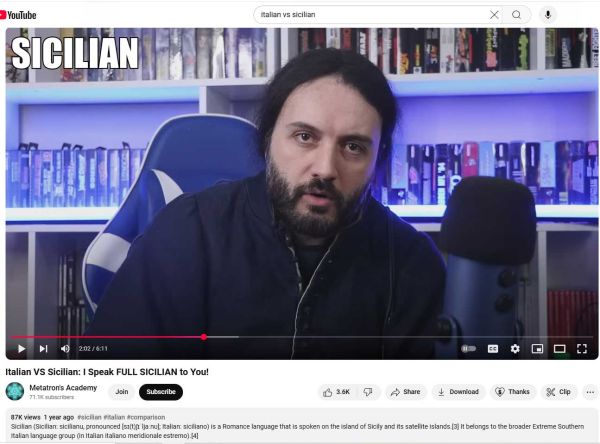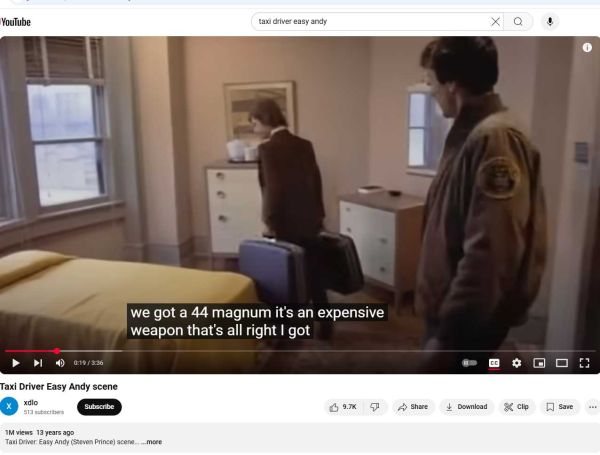The Joy of YouTube
The Joys of YouTube
A widowed friend told me that some kids burglarized her home while she was out of town visiting her children and grandkids. Since her husband's death and her own physical infirmities, she doesn't entertain as often, now. When the police picked up the burglars, they complained that my friend did not have much of value to steal: "She didn't even have a flat-screen TV!"
We laughed about it, but most of my friends do have one. In the evening, I can see their dazzling colors, even with venetian blinds closed; but like my widowed friend, I have never bothered to get one. Even with Netflix, streaming, and hundreds of cable stations, television can't hold a candle to YouTube. YouTubers upload millions of hours of videos on every kind of subject. Some of them get so many views, the Tubers cane make a good living from it.
YouTube has that computerized intuition. If you listen to one video—piano music by the composer Frederic Chopin, for instance—YouTube will remember it and put that video in its side-column for you to watch again. If you listen to enough videos, YouTube will assemble a "Mix" of those videos and display them in the side-column. With Chopin as the key, YouTube guided me to a Brazilian pianist who goes by the name "Lord Vinheteiro". His legal name "Fabricio André Paulo Bernard di Paulo", suggests he has Italian ancestry—like, perhaps, 15% of the Brazilian population.
He can play most any instrument, so he doesn't just do Chopin, he also does the melody for Michael Jackson's "Billie Jean", the theme song for "Ghostbusters", and many other popular songs. YouTube shows on each video the number of hits it receives. Not too surprisingly, Lord Vinheteiro's videos get lots of views. His profits from YouTube allowed him to buy a $53,000 piano. He videoed its delivery and reassembly at his studio and posted it to YouTube, as well.
I don't remember what I tumbled onto, after that. I am a fan of Robert de Niro's. I just youtubed his name, and YouTube offered up a selection of videos from his movies. In one, de Niro, as the young Vito Corleone in the 1974 movie Godfather II, eats supper with his friends Clemenza and Tessio. They have a problem with another hoodlum named Fanucci and must decide what to do about him. They sit at the dinner table rambling on in Sicilian.
From there, I went to a video that offered up samples of Sicilian—completely different from Italian.
My reader can hear spoken Sicilian during the meeting between Michael Corleone and the hoodlum Virgil Sollozzo.
From there, I looked up videos from de Niro's movie Taxi Driver, directed by Martin Scorcese and released just two years after Godfather II. The non-Italian speed-freak Travis Bickel just stunned viewers. In this video, Travis meets "Easy Andy", a black-market professional. He sells firearms to Travis, then offers him a Cadillac, recreational drugs. Easy Andy has it all.
Finally, I really like "The History Guy"—real name Lance Geiger from O'Fallon, Illinois. He likes to explore historical material that everyone else has overlooked, like the "Kitchen Debate" of 1959. In that year, America and the Soviet Union tried to establish more harmonious relations by hosting two exhibitions—one by the Soviets in New York, the other by the U.S. In Moscow.
The Soviets used their exhibit to show off their new weapons systems, and not many people bothered to see it. The American exhibit showed off the contemporary kitchen in America, displaying appliances that the Soviets could only dream about. The popularity of the American exhibit made Soviet leaders nervous. Nikita Khrushchev got so hot and bothered, he was sweating. To cool him off, an American handed Khrushchev a cup of Pepsi Cola, which was part of the American exhibit. As a result, the Soviets allowed Pepsi to sell its products in the Soviet Union, and repaid the Pepsi Corporation with permission to sell Vodka in the U.S.

